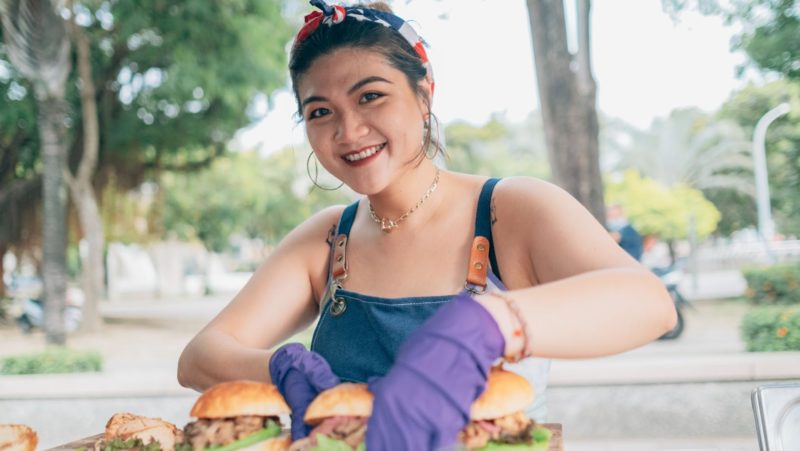2-in-3 ANZ women face gender bias: iStock’s #BreakTheBias research
Ahead of International Women’s Day tomorrow, ecommerce platform iStock – which provides visual content to SMBs, SMEs, creatives and students – has released research revealing that two out of every three women in Australia and New Zealand (68%) are still experiencing bias, with the top reason being due to their body shape and size (31%).
The findings are reported within research for iStock’s creative insights platform Visual GPS, and indicates ANZ women are experiencing bias due to being too heavy (55%), too curvy (20%), too skinny (19%), and too shapeless (7%).


